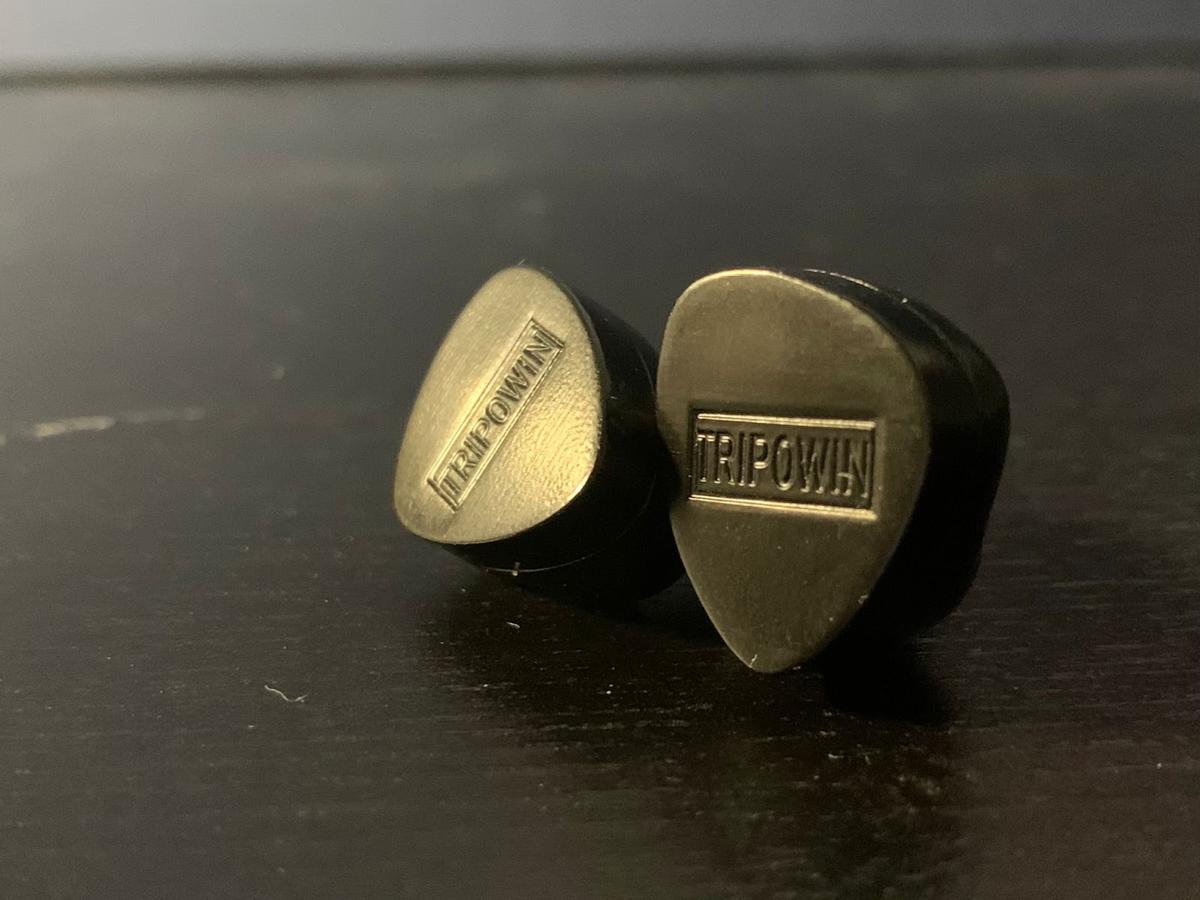The Tripowin Lea stand out as decent introductory IEMs with a good price-to-performance ratio.
Within the Tripowin stable, the much hyped Olina are their most famous IEMs. Somewhat overshadowed by their older sibling, the Lea are a lesser known single dynamic driver pair released at about ¼ the price.
- Comfortable, excellent build.
- Cheap, good price-to-performance ratio.
- Above average isolation.
- Textured and nimble bass without mid-bass bleed.
- Balanced warm neutral tonality.
- Tangly and stiff cable.
- Some shoutiness in the upper midrange, especially at louder volumes.
- Not for bassheads.
The million-dollar question that we will answer today is: “how do the Lea stack against other low budget single DD sets?” Are they worthy contenders in a sea of new weekly budget releases?
Read on to find out!
Company Overview
Tripowin is a relatively new company in the CHI-FI scene. Their first release was the TP10, back in 2019.
Since then, the company has moved from strength to strength, releasing some well received models such as the TC-01, Mele and the aforementioned Olina. They also dabble with cables and even full-sized headphones.
Technical Specifications
- Form: IEMs
- Drivers: 10mm LCP (liquid crystal polymer) dynamic driver
- Impedance (Ohm): 32 Ω
- Sensitivity (dB): 105 +/- 3 dB/mW
- Frequency Response (Hz): 20 Hz – 20 kHz
- Removable Cable: Y
- Cable: Silver-plated oxygen-free copper cable (1.2m)
- Source Plug: 3.5 mm TRS, single-ended
- Cup/Shell Plug: 0.78 mm, 2-Pin
- Mic: N
Packaging
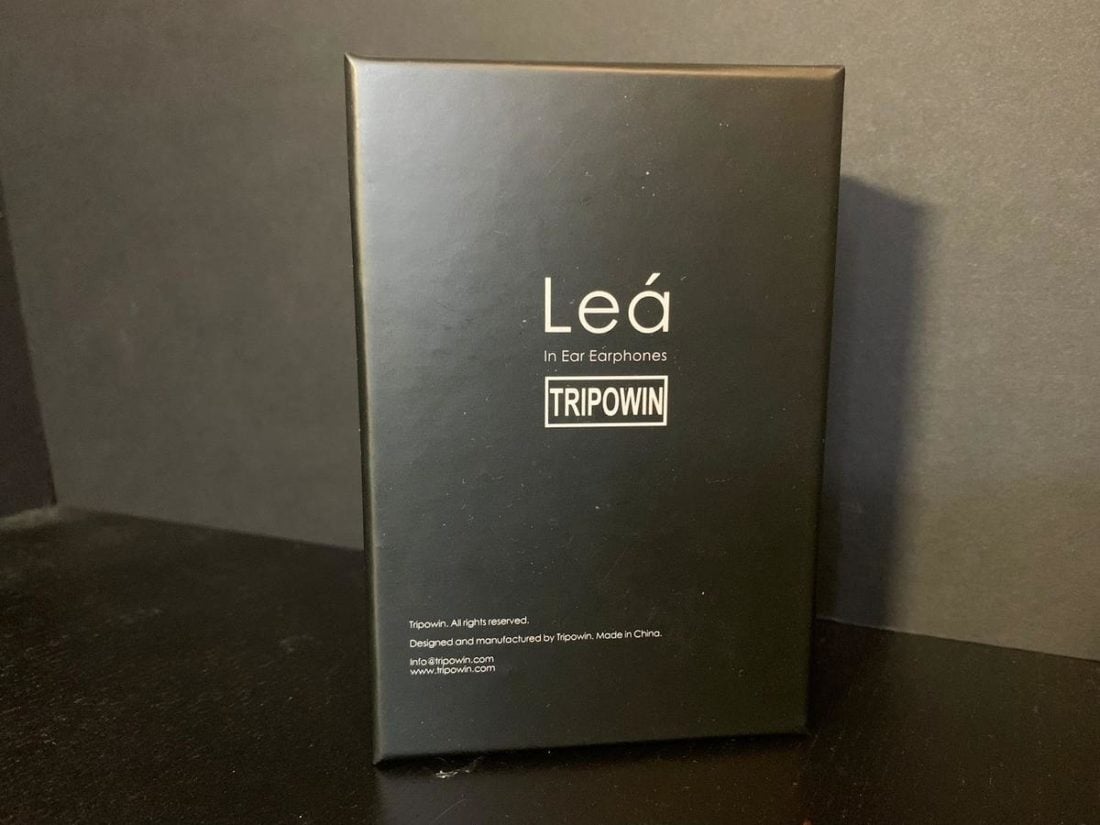
In the box
- Tripowin Lea IEMs
- 3 pairs of silicone ear tips (S/M/L)
- 1 pair of earhooks
- Cable
Considering the Lea cost the price of a restaurant meal, the spread of accessories are kind of par for the course.
Ear tips
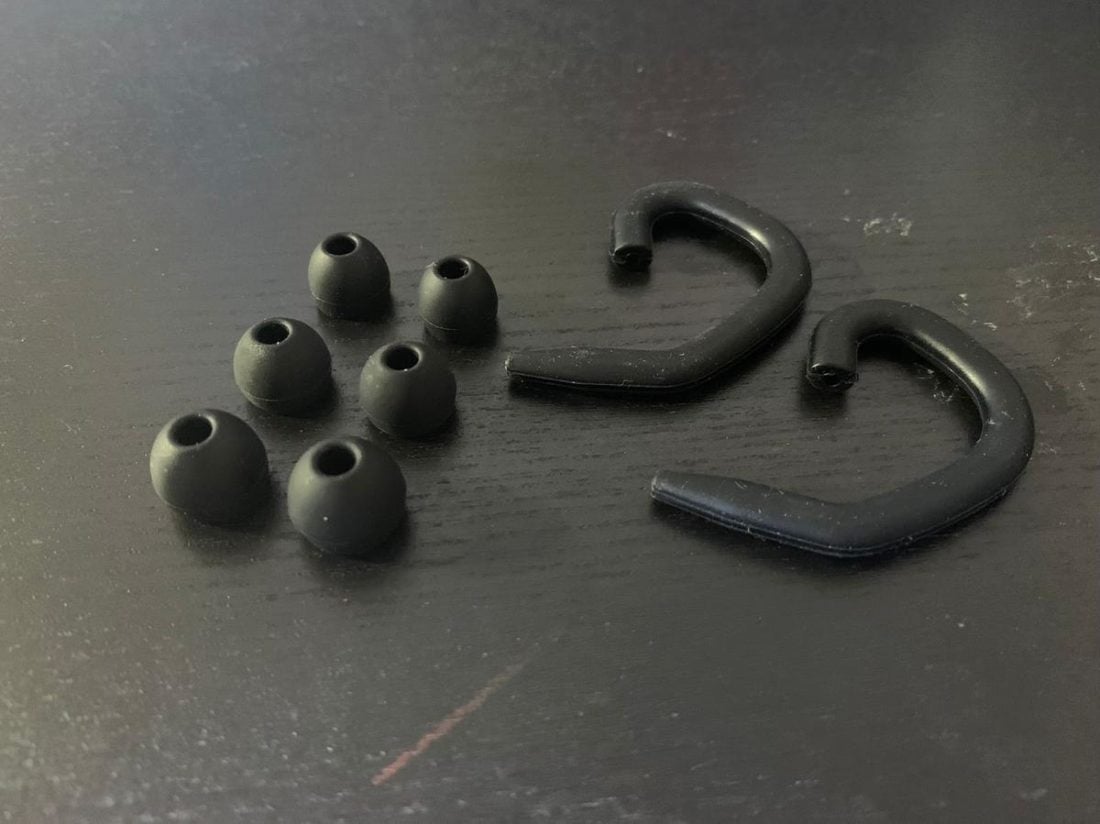
The silicon ear tips are rather generic but are quite usable in terms of comfort and seal. Perhaps this is nitpicking, but Tripowin could possibly have included some foam tips?
Cable
The stock silver-plated oxygen-free copper cable tangles easily, is rather stiff, and has substantial microphonics to boot. I understand that the Lea are a budget set, and perhaps costs have to be cut in the accessories department, so that’s something I can close one eye for.
The earhooks are a useful addition to mould the cable to a more optimal position over-ear, as the aforementioned stiff cable may yank the IEMs out of your ears. There’s a chin cinch to give some added stability during usage.
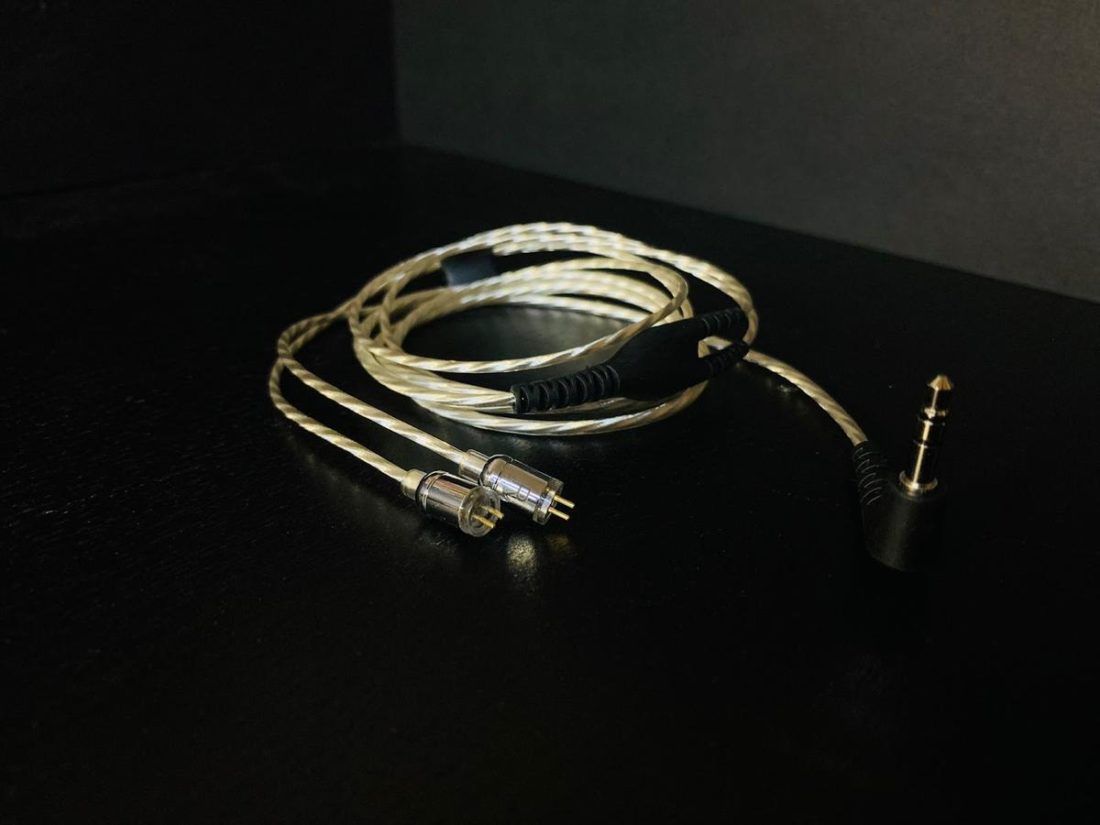
In general, 2-pin connectors have a better lifespan than MMCX connectors, especially with frequent cable changes, so it’s good to see the cable here features the former.
Design
Tripowin’s logo is emblazoned on each shell. The Lea’s shells are teardrop-shaped and are pretty solid, being furnished out of metal. They do look quite premium, and one might actually hazard a guess that this pair retails beyond the USD$30 price point. In fact, if one were to compare the Lea’s shells against similarly priced plastic-shelled competitors at this price bracket, the Lea would be a clear winner in most cases.
Each shell has 2 vents, but even so, isolation is above average, and the Lea are well-suited for outdoor usage. Unfortunately, the left and right earpieces are not marked with L and R identification, but the cable terminations are.
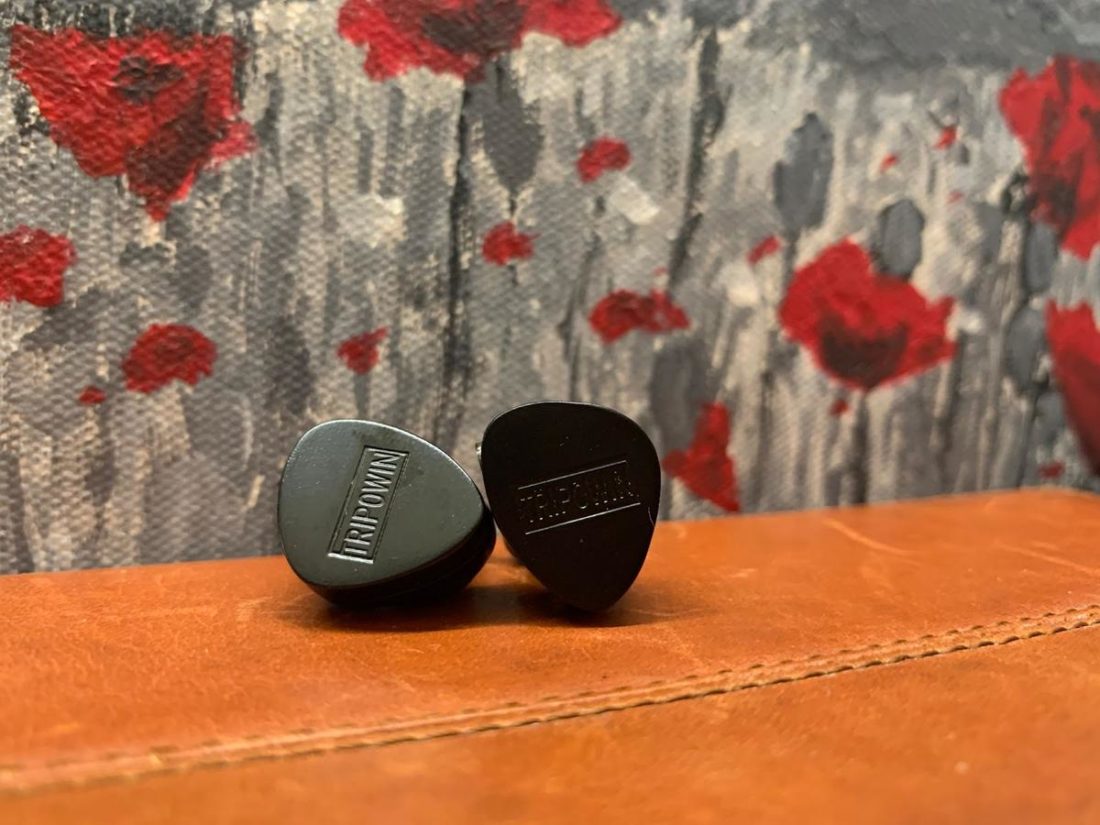
Comfort
The shells do not have any weird protrusions and the Lea are very comfortable during use. I did not experience any discomfort with them, even with longer listening sessions.
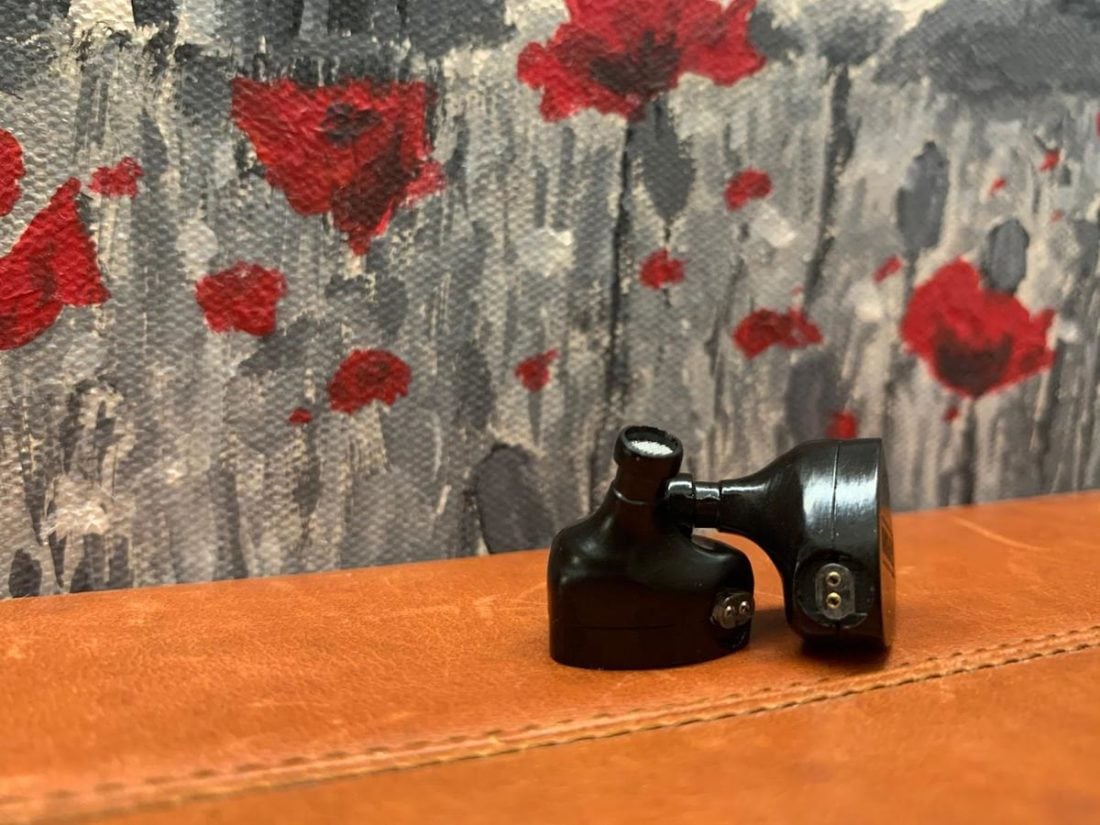
Internals
The Lea feature a 10 mm liquid crystal polymer (LCP) diaphragm driver. Some single DD competitors such as the Moondrop Aria 2021, DUNU Titan S, Astotec Vesna, and Tin HIFI T3 Plus also use LCP drivers, and this material purportedly gives better surface tension and resistance to improvetransients and provide higher sonic fidelity.
Tripowin advertises that what’s unique in the Lea’s LCP drivers is that they have eked out better performance by utilizing an acoustic chamber, rather than via standard sound tubing.
Tripowin Lea Sound
The Lea can be driven from a lower powered source, but they scale with amplification: dynamics, soundstage, micro-details, and bass tightens with adequate juice.
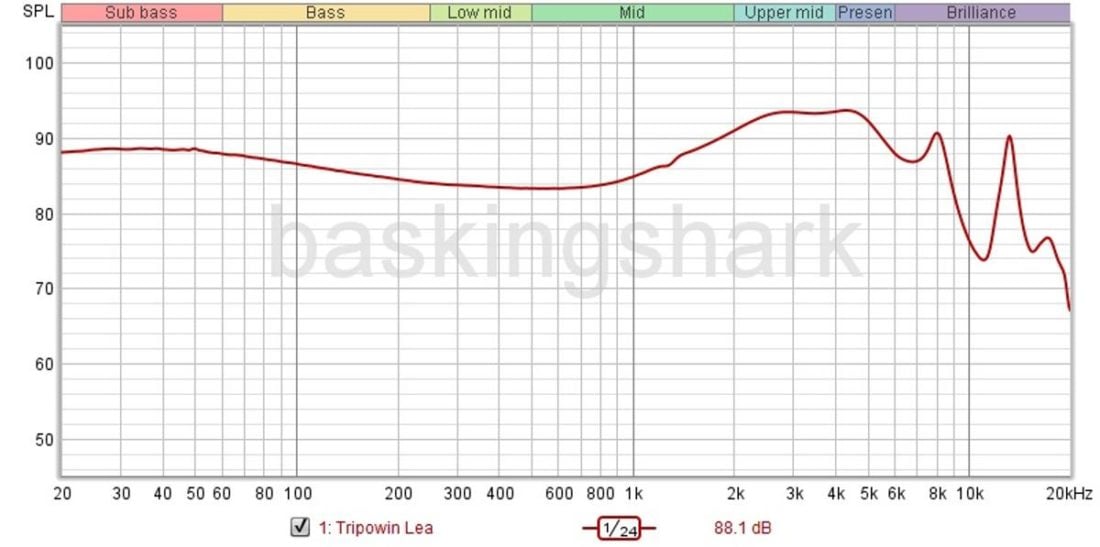
Imaging, instrument separation, layering, clarity, and micro-details are decent enough, though not class-leading. Imaging is a tinge fuzzy, and while the Lea won’t win any awards in technicalities, they are more than adequate considering the price. Soundstage is wider than deep, though music may at times sound compressed with busy tracks.
Timbral accuracy is okay, but the Lea are not as natural sounding as some other single DD competitors. There seems to be a lack of heft and note weight, especially at the higher frequencies, with acoustic instruments having a bit of a metallic sheen.
Bass
The Lea are a sub-bass focused set. The sub-bass extends moderately well (when properly amplified), and overall, the bass is just a slight tinge north of neutral.
The bass is speedy, with excellent texturing and no mid-bass bleed. The Lea’s bass is very clean and of high quality, even though it is lacking in terms of quantity. Think of the Lea as a neutral set with a slight bass boost.
This set is not for bassheads.
Midrange
The lower midrange of the Lea is clear and transparent, aided by the lack of mid-bass bleed. The upper midrange of the Lea is a mixed bag though, as this area is rather boosted and can get shouty with louder volumes (Fletcher Munson curve), or with poorly recorded material.
Thankfully, the upper midrange glare can be tempered with a few options:
- Pair the Lea with a warmer source.
- Utilize aftermarket eartips. For example, the Ostry eartips can tame the upper mids region specifically.
- Use the Lea at lower volumes, as per the above Fletcher Munson curve discussion – music sounds more boosted in the treble/upper midrange at louder volumes.
- Apply EQ.
- Modify the IEMs. A favorite mod on forums seem to be using Tanchjim Tanya filters, which are also the same filters used in the Tanchjim Oxygen. These filters can be stuck over the nozzle of the Lea and this is a reversible mod. As per the graph below, the filters can tame the upper mids/lower treble, but this comes at the expense of a slight loss of clarity and micro-details.
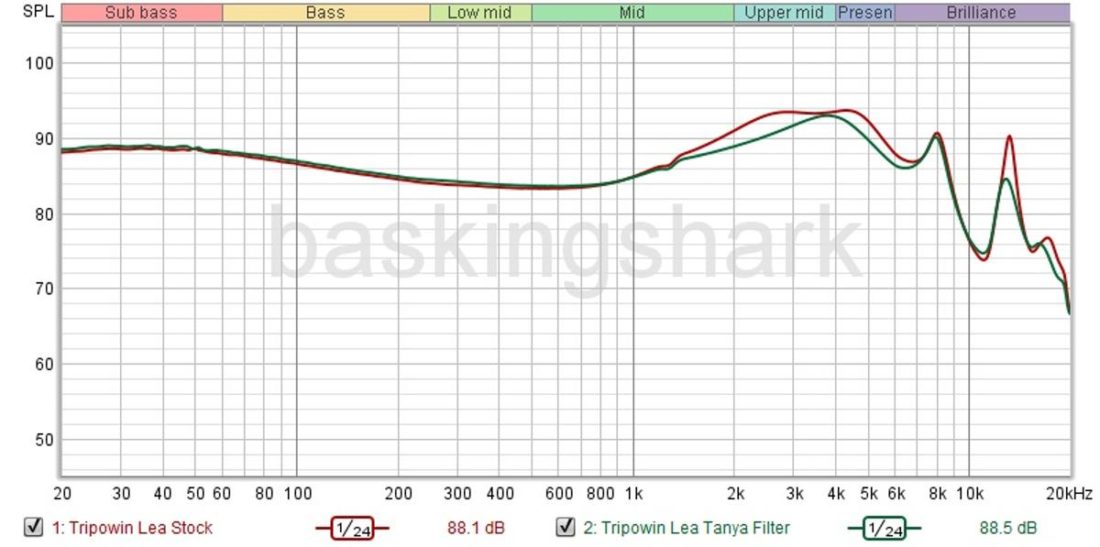
Treble
The Lea’s lower treble continues on from the boosted upper mids, and can get glaring with louder volumes. The upper treble rolls-off early, and there isn’t much brilliance or air. Sibilance is minimal, but there is some loss of micro-details.
Comparisons
I compared the Lea with some other budget single DD sets. Hybrids and pure BA IEMs were left out of the comparison as the different transducer types have their own pros and cons.
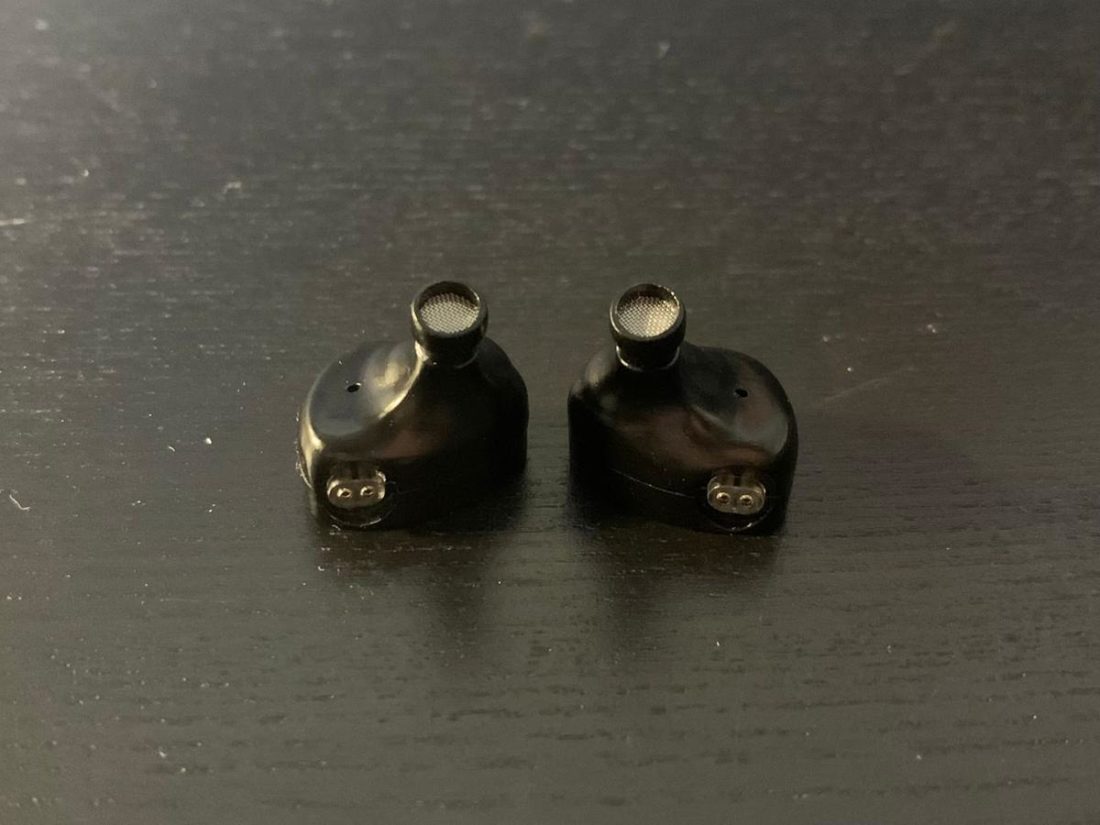
Vs. Moondrop Aria 2021
The Aria are a big crowd favorite, and the following question is a very commonly seen in forums: “how does IEM A compare to the Aria?” Well, it might be a bit of an unfair comparison, as the Aria cost 2 – 3 times more than the Lea, but these sets both use LCP drivers, so here goes.
The Aria are more refined in tonality, timbre, and technical performance.
The Aria are smoother and less hot in the upper mids, and are also technically superior in soundstage, imaging, and instrument separation. Timbre is more natural on the Aria too.
However, there are quite a lot of online complaints of the paint bubbling or peeling off the Aria’s shells, whereas the Lea don’t have this issue.
The Aria are not 3 times, or even 2 times better than the Lea. Diminishing returns kick in hard, and the Lea probably hit 70% of the sonic performance of the Aria for much cheaper. I’ll stick out my neck and call the Lea “baby Aria”!
Vs. HZSound Heart Mirror
The Heart Mirror are a pair of neutral bright IEMs, with a thinner note weight than the Lea. While both sets have good bass quality and speed, the Heart Mirror have less bass quantity.
In technicalities, the Heart Mirror are superior in imaging, instrument separation, micro-details and clarity, with the Lea only being better in soundstage.
The Heart Mirror have better accessories, though they are harder to drive.
Vs. Tanchjim OLA
The OLA are tuned to head-related transfer function (HRTF) curve, which boosts the 2 kHz to 5 kHz regions. The OLA are better technically, with superior micro-details, imaging, instrument separation, and clarity.
However, the OLA suffer from an achilles’ heel of a horrendous fit, which affects the sound and comfort, and consumers may potentially need to spend a bit more to purchase aftermarket ear tips. Build is also more solid on the Lea, with the OLA featuring a plastic construction on the inner aspect of the shell.
Vs. BLON BL-03
The BLON BL-03 are Harman-tuned IEMs with a mid-bass hump. The BL-03 have a worse fit, and this may necessitate procuring longer eartips or using mods to secure a good fit, much like the aforementioned Tanchjim OLA.
The BL-03 have a more natural timbre and a thicker note weight. The BL-03 are more analogue-sounding and feature a warmer tuning with much bigger bass quantities. However, the BL-03’s bass is rather boomy and not as tight, with mid-bass bleed in spades.
The Lea are better in the technicalities department (micro-details, instrument separation, clarity).
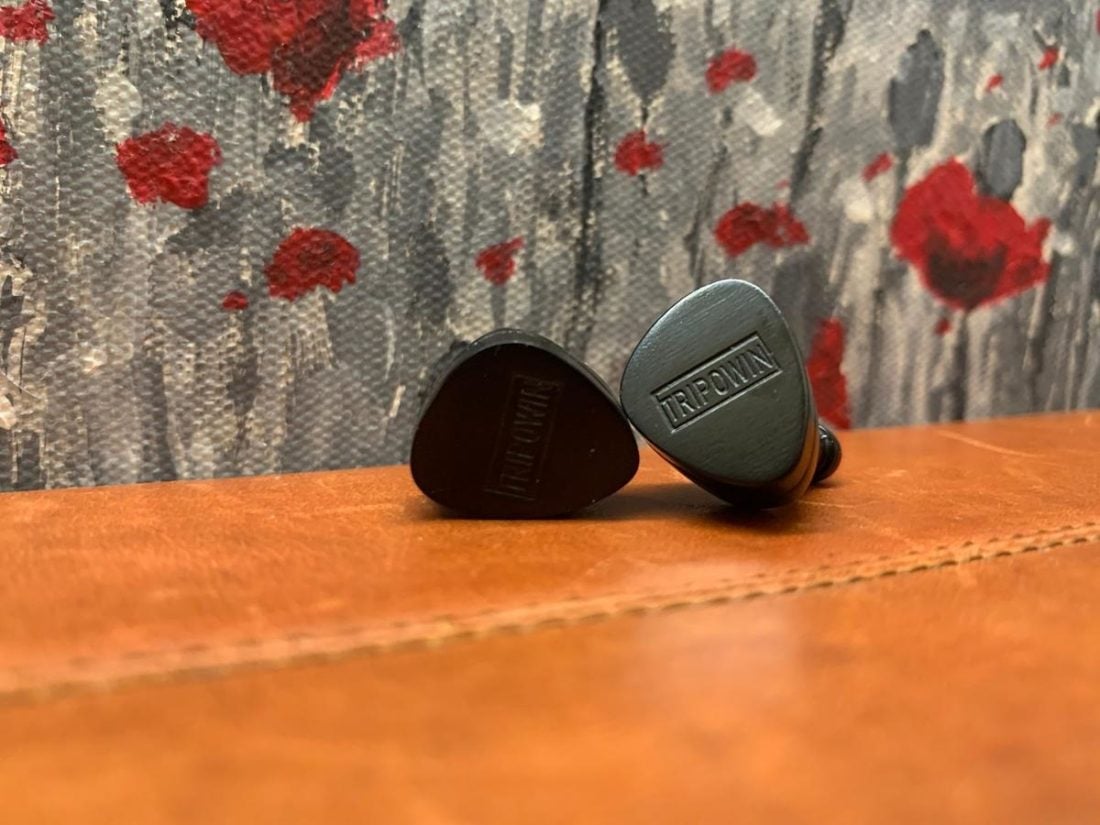
Where to Buy
Conclusion
The Lea are an ultra-budget pair that do more things good than bad. They feature a good price-to-performance ratio, and in the big scheme of things, I wouldn’t mind skipping a Starbucks coffee or two for the Lea.
Their warm neutral tuning is quite unique at the budget segment, with perhaps only bassheads being detractors of the tuning. The Lea eschew big bass for fast and clean bass, so as they say, different strokes for different folks.
Technical performance on the Lea is quite decent, build is top-notch, and in fact, I consider them “baby Aria”.
Unfortunately, a spicy upper midrange can rear its ugly head with louder volumes or with poorly recorded material. Using the Lea at lower volumes thankfully mitigates this upper midrange glare, and there are some options (as discussed above) to dampen this area.
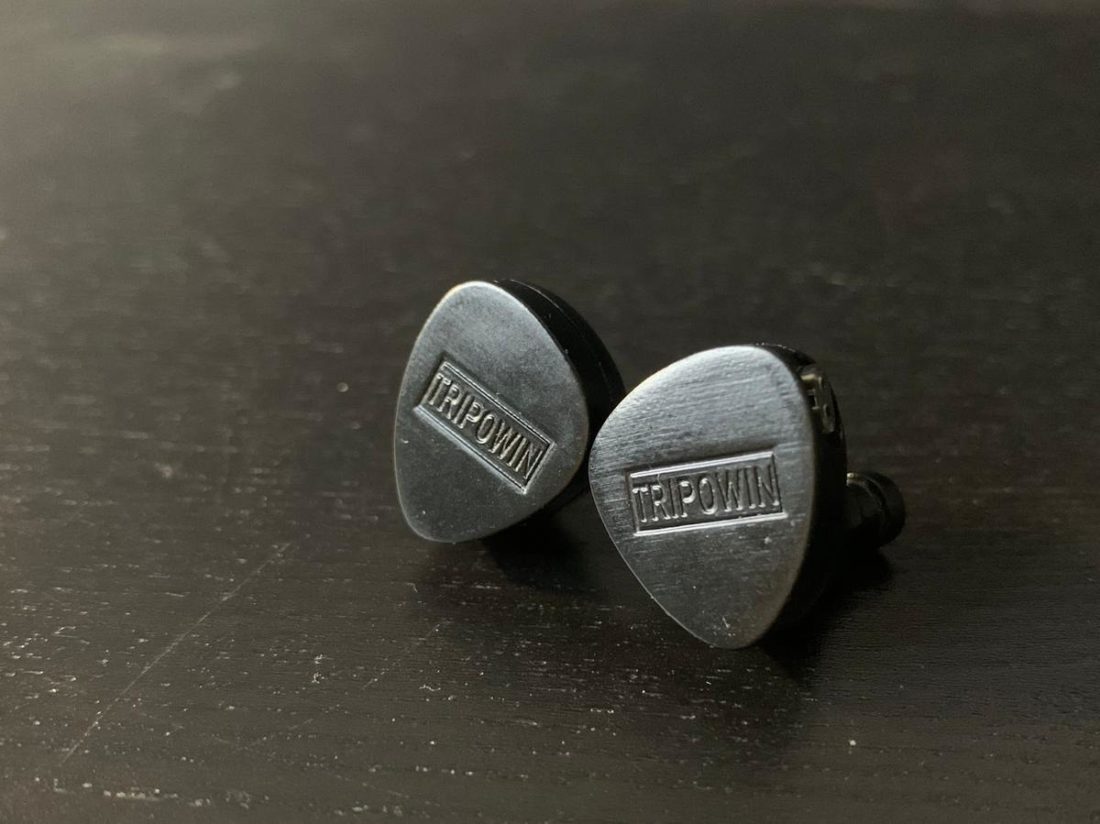
The Lea make a good introductory set to those new to the CHI-FI circuit. Diehard CHI-FI addicts probably already have something higher-end in their collection, but it is pretty amazing what one can purchase for sub-USD$30 nowadays!
